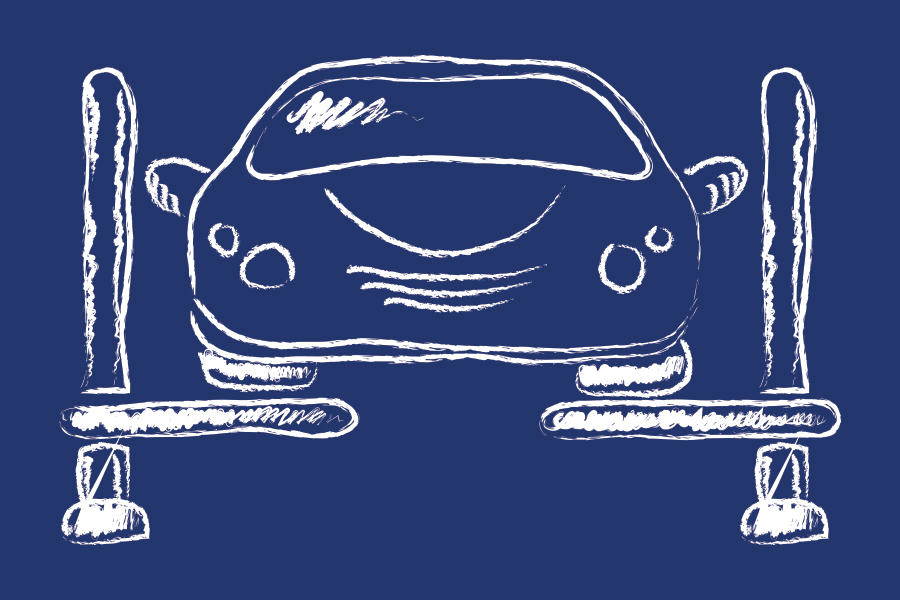Edmonton Tire Maintenance Advice for Winter
Posted February 03rd 2016
In order to enjoy the prospect of pleasant and stress-free driving during winter months, you may wish to understand the nuances of tire maintenance.
Edmonton tires are arguably one of the most important components of a vehicle because it is the only part that actually has contact with the ground. Tires help the vehicle start, stop and turn.
Listed below are effective tire repair and maintenance tips
- Different vehicles have different tires. For example, you cannot fit car tires on a 4WD or you cannot use 4WD tires on a truck. The best idea is to buy OEM or Original Equipment Manufacturer recommended tire size and specification.
- Car owners may be surprised to learn that nearly one-fourth of the total weight of the car is supported by the tires. This implies that if your SUV weighs, say, 40,000 lbs, each tire is supporting at least 1,000 lbs of weight. This is the reason why it�s important to maintain proper levels of inflation.
- According to the Rubber Manufacturers Association, TPMS or Tire Pressure Monitoring Systems only issue a warning when the pressure is about 25% below recommended manufacturer levels. Therefore, the TPMS systems are intended as a last- minute warning and not as a pressure monitoring process. The warning message precedes an imminent breakdown. On the other hand, Edmonton tire pressure gauges are a value choice. You should consider setting the pressure level in accordance with the manufacturer�s specifications.
- Tires are responsible for offering more than half the vehicle�s suspension. This implies that under-inflated, old or worn tires are more likely to result in a rough ride for vehicle occupants. The bottom line is that proper inflation of tires is mandatory for a smooth ride.
Regular inspection of winter tires can help minimize the likelihood of unnecessary expense, stress and delays.




